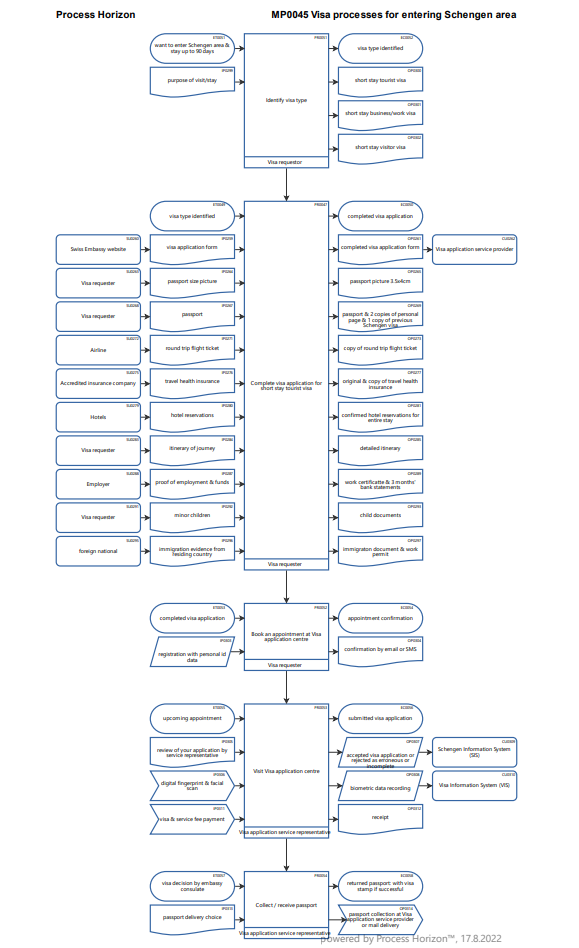Process overheads at government offices

There can be several process overheads at government offices, such as:
- Redundant paperwork: Many government offices still rely on physical paperwork, which can lead to redundant paperwork and increased administrative overhead.
- Manual data entry: Manual data entry can be time-consuming and error-prone, leading to delays and inaccuracies in government processes.
- Lengthy approval processes: Lengthy approval processes can result in delays and bottlenecks, causing frustration for both employees and citizens.
- Inefficient communication: Poor communication between different government departments can lead to delays and misunderstandings, causing inefficiencies in the overall process.
- Legacy systems: Legacy systems that are outdated and not integrated with newer technologies can cause delays and increase the time required to complete tasks.
- Lack of automation: Lack of automation in government processes can lead to manual errors and delays in completing tasks.
- Duplication of efforts: Duplication of efforts, such as multiple government departments performing similar tasks, can result in wasted time and resources.
- Inconsistent processes: Inconsistent processes across different government departments can lead to confusion and inefficiencies in completing tasks.
- Lack of transparency: Lack of transparency in government processes can lead to mistrust and delays in completing tasks.
- Inadequate training: Inadequate training for government employees can lead to errors and delays in completing tasks, as well as a lack of knowledge about newer technologies and processes.
Experience the ease of use of the smart ProcessHorizon web app https://processhorizon.com on a free trial basis.

